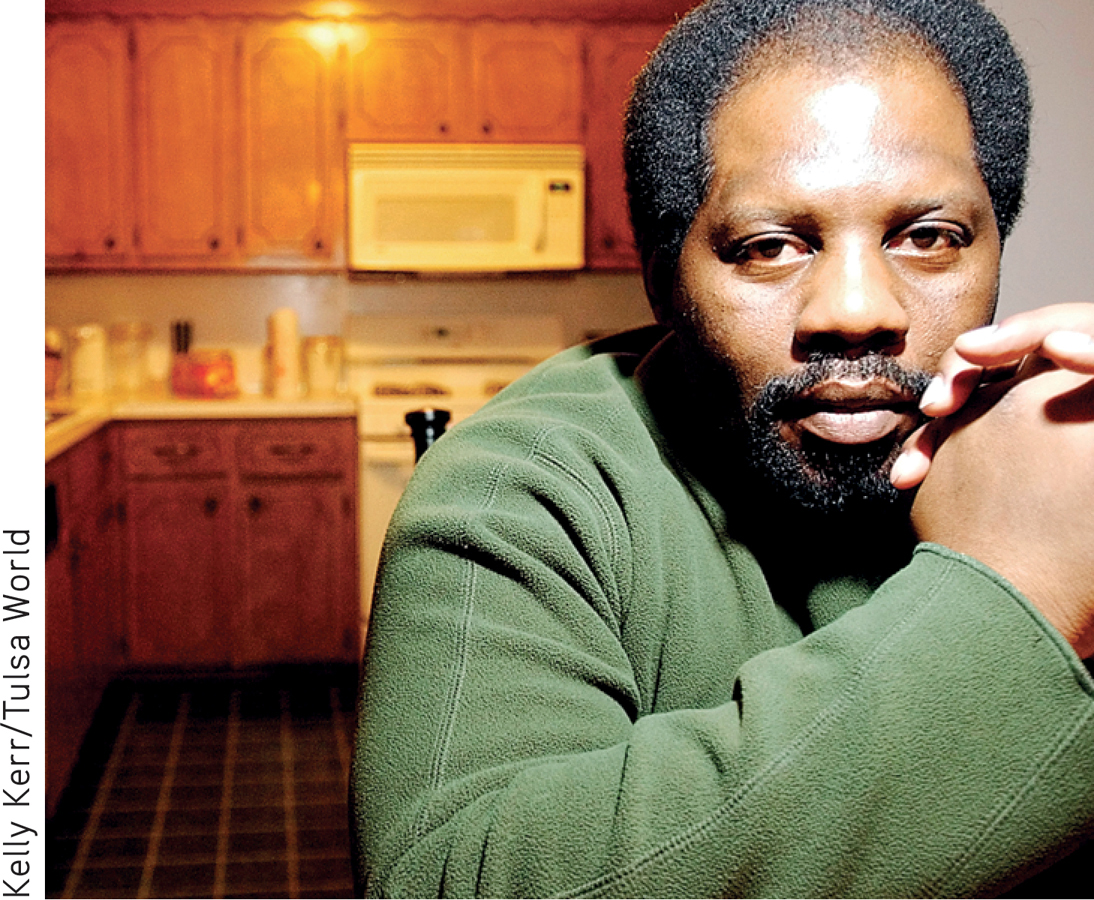
Eyewitness Misidentification: Convicting the Wrong Man Four months after being attacked, kidnapped, and raped, an Oklahoma woman picked Arvin McGee out of a photographic lineup and identified him as the attacker. She claimed he had tied her up and carried her over his shoulders to a car. Then, she said, he drove her to a secluded area where he raped her. Based solely on the victim’s eyewitness identification, McGee was arrested for the brutal crime. His first trial was declared a mistrial. His second ended in a hung jury. His third trial resulted in a guilty verdict. Despite the fact that McGee had an alibi and was also suffering from an abdominal hernia that would have made it virtually impossible for him to commit the crime, he was convicted and sentenced to 365 years in jail. Thirteen years after his conviction, DNA testing finally proved what McGee had maintained throughout his trials and years in prison—that he was innocent of the crime. Scores of studies have shown that eyewitness misidentification is the leading cause of wrongful convictions (see Garrett, 2008; Gross & others, 2005; Wells & Loftus, 2003).
Kelly Kerr/Tulsa World